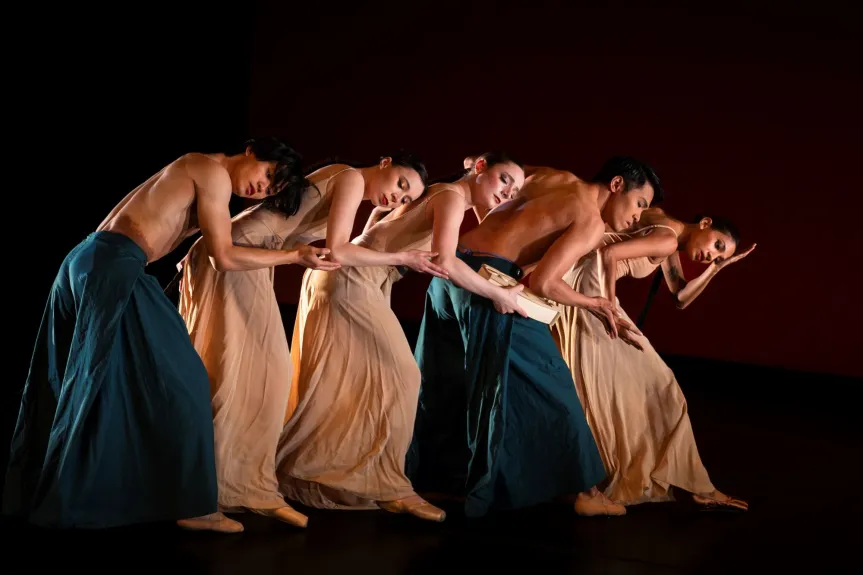
For The Guardian, I wrote about a new ballet based on the painful history of immigrant detainees on Angel Island near San Francisco. Excerpt:
One sunny March day on Angel Island, a hilly landmass in the middle of the San Francisco Bay, a dancer with a 40-ft braid attached to her head glided across a narrow concrete walkway. The audience sat on chairs in front of a long wooden building: a former detention center where – from 1910 to 1940 – half a million people, the majority Chinese, were held for months, even years, in prison-like conditions.
Sometimes called “the Ellis Island of the west”, Angel Island’s immigration station is the unlikely setting, and inspiration, for an ambitious new work by the Oakland Ballet Company. It’s based on the people from 80 countries who were confined to the the island’s detention center, which was the result of the Chinese Exclusion Act and other racist laws designed to keep Asian people out of the United States. In response, the detainees carved over 200 poems onto the walls expressing their anguish and rage.
As the ballerina moved, her braid stretched behind like the train of a gown while four other dancers shifted around her. One carried a wooden boat symbolizing the immigrant’s journey from China to the US. As the dance progressed, the braid seemed to change meaning. At one point, it was like a line of ancestry or memory connecting the woman to her home country. The next, it became a rope lashing the dancers together. When the woman tried to flee, it pulled taut, holding her in place. Then she wove it like a skein of yarn and cradled it in her arms. By the end, the braid was snarled around her body as she crumpled to the stage.